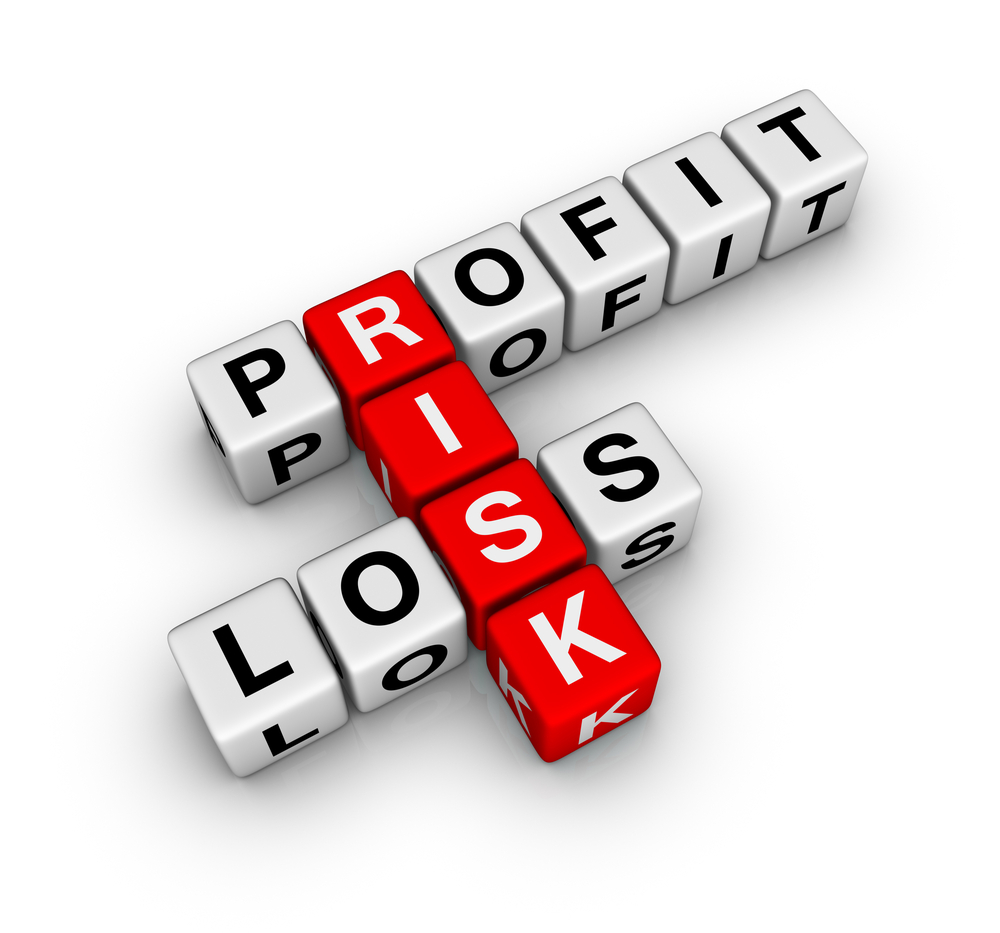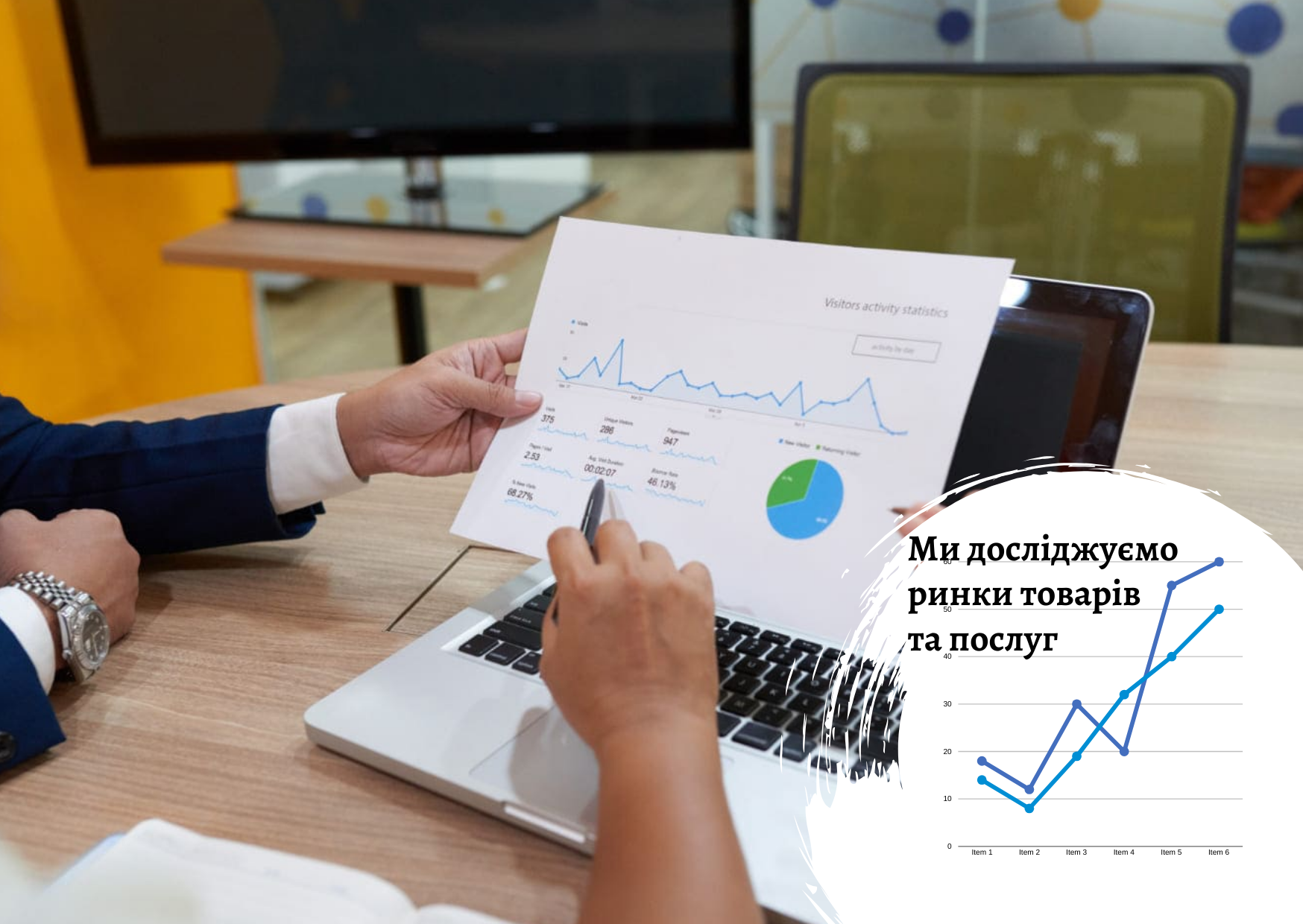Warned Means Armed. How to assess risks correctly, and what methods to use for that

Risk is an intrinsic component of our professional activities. Particularities which may result in negative consequences in certain conditions exist at any position, in any company, and especially in the own business. The main task is to learn to interact with risks correctly and respond quickly to them. In this publication we describe how to analyze risks and to be prepared to their potential occurrence.
First of all, it should be noted that the risks, as any other economic event, not only could, but should be forecasted in advance. As a rule, the risks consist of two components:
· Probability of deviations in process of development of the certain process;
· Negative consequences which may have place.
Sometimes it is rather difficult to determine the risks, but their analysis in time due will help to avoid loss caused by incorrect time planning and costs, supporting the company’s goodwill. That’s why risk analysis is one of the most important tools helping to manage situation.
Risk management in general may be provisionally divided in two important stages.
1. Divide and Classify
Proper application of risk management mechanisms requires primary systematization of knowledge about them. In other words, classification should be performed. This will significantly simplify the process of analysis.
The risks are usually classified according to the following parameters:
· Period of occurrence;
· Particularities of accounting;
· Circumstances of occurrence;
· Area of formation;
· Particularities of consequences.

According to the period of occurrence the risks may be classified as prospective, current and retrospective. Provided that information received during analysis of retrospective risks may be used for two other risk categories.
From the point of view of accounting particularities there are external and internal risks. External risks are directly connected with operation of the company or its audience and depend on several factors (economic, political, social, etc.). Internal risks depend on activity of the company, structure of its organization, marketing potential and technical facilities.
Criterion of circumstances provides for classification of economic (improper organization inside the company) and political (closure of the borders, etc.) factors.
Classification based on area of formation provides for recognition of productive, commercial and insurance risks.
From the point of view of the consequences typology will be as follows:
· Clear and simple risks which occur in case of wars or disasters;
· Speculative risks the main feature of which is high probability to win or to lose depending on the situation.
2. Risk Assessment Process
Two main steps form the risk assessment process:
· Qualitative and quantitative analysis;
· Selection of assessment method.

Market analysis may be qualitative and quantitative. Qualitative analysis makes it possible to understand what the risk source was, and at what stages of production there is a probability of its occurrence. Quantitative analysis, basing on these data, receives information on the scope of each risk, forms assumptions on the possible risk level and develops actions to cope with situation.
In order to select properly risk assessment method, classification of such methods should be known. There are statistical and analytical methods, the methods of expert assessments and analogs.
Statistical methods make it possible to determine probability of loss basing on statistical data of previous periods. They also make it possible to systematize the possible consequences.
Analytical methods with use of mathematic models and algorithms forecast the most probable loss.
Expert assessment method makes it possible to benefit from knowledge and experience of practicing experts. Nevertheless, the process of expert selection may require considerable period of time.
Analog method is used in extreme situation, when all other options were applied without any useful result. Analysis of database of similar objects is performed and diagram of interconnections is developed basing on it.
There is actually nothing difficult in risk management. At the first stage we recommend to develop the plan of analysis and assessment of possible risk situations and to use it as a guide in process of assessment. Please bear in mind that assessment of all risks in advance will ensure trouble-free operation of your business. In such case you will always have such reserve as a strategy which will help to resolve the problem.









